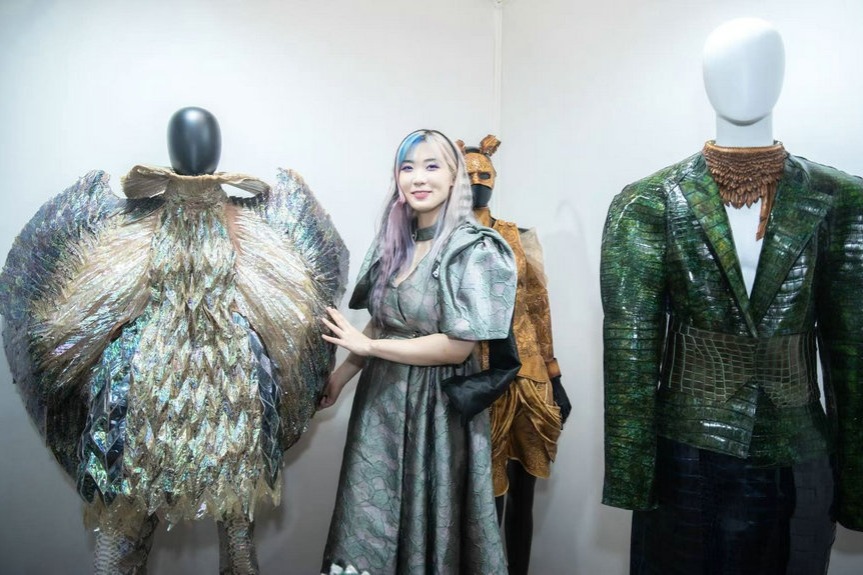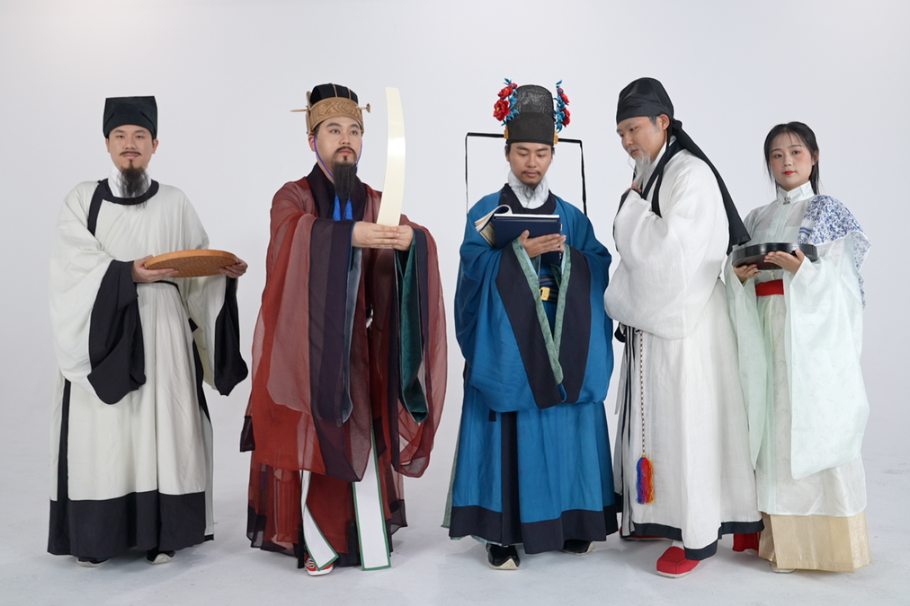Games bring ancient texts to life

Beyond the game
Chen has observed that in recent years, many players have enthusiastically promoted the games on Xiaohongshu, attracting a fresh wave of participants — especially those who might not typically visit museums.
"Puzzle games tap into players' curiosity, guiding them to explore history through suspenseful narratives and vivid storytelling," Chen explained.
"The roles they take on in the game allow them to experience personal journeys within a broader historical context."
For Chen, one of the most rewarding parts of designing these games is watching players grow over time.
She recalled a 5-year-old boy who, with help from his parents, participated in a game in 2019. Five years later, when the game launched its second season, the boy returned as a primary school student — this time completing the game entirely on his own.
"I witnessed his growth, just as he experienced the evolution of the game world," Chen said.
Now, Dai's team works with museums across China and has expanded their offerings beyond puzzle games to include puzzle books, immersive exhibitions, and scripted games. These inventive designs serve as bridges to history, bringing young audiences into the world of culture and heritage in exciting new ways.
"Many young people, inspired by the games, take it upon themselves to dig deeper into history," Dai said.
She fondly recalled a young girl who, after playing a game about archive preservation, visited a local archive to search for her grandfather's records. The girl later told Dai the game had changed how she viewed archives — no longer just collections of old documents, but living memories passed down through generations.
"I believe education, at its core, is about sparking curiosity. Once that spark is lit, young people will naturally seek knowledge and understanding on their own," Dai said.




































